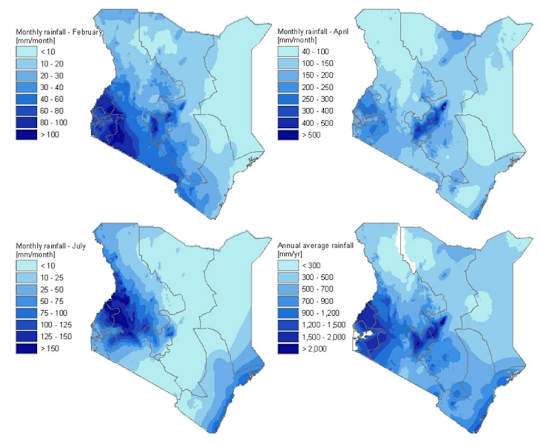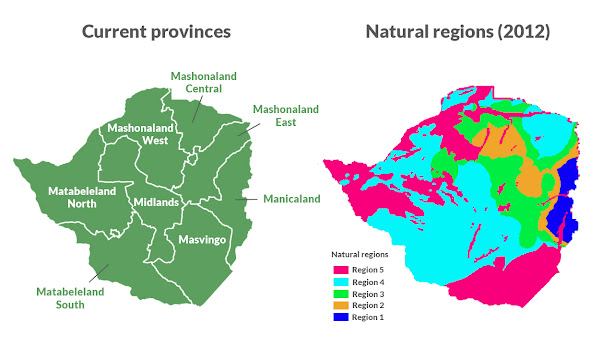Final reflections

Reflecting to the start of this blog, I connected the relationship between food and water through the Sustainable Development Goals, exposing the global drive to balance food production through managing water. I suggested the complexities of the African continent, which I hope has become apparent. From the East coast of Africa down to South Africa, the complexities continued to evolve, exposing how each nation is unique. It has been enjoyable researching the variable weather patterns within countries and in general across the continent of Africa. In doing so, I hope I reinforced how not to write about African life as the piece I first read by Wainaina suggested, instead I broke down, respected, and evaluated countries individually. Where is the future for food and water in Africa? Answering this question is particularly challenging, however, I would suggest that there will be significant changes for water and food across the continent. Research suggests that by the end of the 21 st ...




